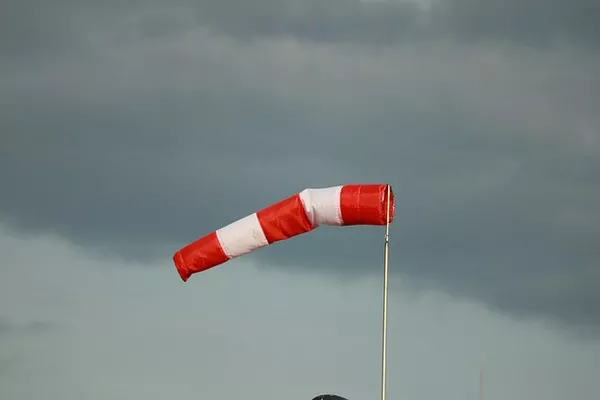In a world increasingly driven by technology, the integration of smartphones into various aspects of our lives is undeniable. From communication to navigation, these handheld devices have evolved into powerful tools. One intriguing question that arises is whether your phone can serve as a substitute for an anemometer, the instrument used to measure wind speed. In this article, we explore the possibilities and limitations of using your smartphone as an anemometer and discuss the implications for various applications.
Understanding Anemometry
Before delving into the potential of using a smartphone as an anemometer, it’s essential to comprehend the principles behind anemometry. Anemometers are devices designed to measure wind speed, a crucial parameter in various fields such as meteorology, aviation, and environmental monitoring. Traditional anemometers feature rotating cups or blades that spin in the wind, generating a speed reading based on the rotation rate.
Can Your Phone Replace an Anemometer?
While smartphones lack the physical components found in traditional anemometers, they do house an array of sensors that can be leveraged to gather environmental data. The primary sensors of interest in this context are the accelerometer, gyroscope, magnetometer, and GPS.
Accelerometer: The accelerometer in your phone measures changes in velocity and can be used to detect movement caused by wind. However, it is important to note that the accelerometer alone may not provide accurate wind speed readings, as it is more suited for measuring linear acceleration rather than rotational speed.
Gyroscope: The gyroscope complements the accelerometer by detecting rotational motion. While it can offer insights into the rotational aspect of wind, its accuracy may be limited in the absence of additional data.
Magnetometer: The magnetometer in your phone measures the strength and direction of the magnetic field. While not directly related to wind speed, it can be used to determine the orientation of the phone, providing additional data to improve the accuracy of wind speed estimations.
GPS: The Global Positioning System (GPS) in your phone can provide valuable location data, allowing for the calculation of wind speed based on changes in position over time. However, GPS alone may not offer real-time wind speed readings and may be affected by factors such as signal accuracy and environmental obstructions.
See Also: Can Anemometers Accurately Measure Water Flow?
Limitations and Challenges
While smartphones possess sensors capable of capturing data relevant to wind speed, several challenges and limitations must be considered:
Accuracy: Smartphone sensors are not specifically designed for precise anemometric measurements. Factors like sensor calibration, environmental conditions, and the inherent limitations of mobile device sensors can impact the accuracy of wind speed estimations.
Sampling Rate: The sampling rate of smartphone sensors may not be sufficient for capturing rapid changes in wind speed. Traditional anemometers often have higher sampling rates tailored to the dynamic nature of wind behavior.
Dependency on External Factors: The accuracy of smartphone-based wind speed measurements may be influenced by external factors such as the type of phone, sensor quality, and the presence of protective cases or covers.
Wind Direction: Determining wind direction is a crucial aspect of anemometry. While the magnetometer in smartphones can aid in this regard, it may not offer the same precision as dedicated anemometers.
Applications and Implications
Despite the limitations, there are specific scenarios where leveraging smartphones as makeshift anemometers can be beneficial:
Educational Purposes: Smartphone-based anemometry can serve as an educational tool to introduce students to the principles of wind measurement. It provides a practical and accessible way for learners to understand the basics of anemometry.
Casual Use and Hobbies: For enthusiasts and hobbyists, using a smartphone to estimate wind speed during outdoor activities or recreational pursuits can add a fun and informative element to the experience.
Rapid Assessments: In situations where traditional anemometers are unavailable, using a smartphone can provide a quick and rough estimate of wind speed. While not as accurate as specialized instruments, it can offer valuable insights in certain contexts.
Conclusion
In conclusion, while your smartphone may not fully replace a dedicated anemometer, it can serve as a makeshift tool for estimating wind speed in certain situations. The integration of multiple sensors, including the accelerometer, gyroscope, magnetometer, and GPS, allows for a creative approach to gathering environmental data. However, users must be aware of the inherent limitations and potential inaccuracies associated with using smartphones for anemometric purposes.
As technology continues to advance, it is conceivable that future smartphones may incorporate specialized sensors or improvements in existing sensor technologies, enhancing their capabilities in measuring environmental parameters such as wind speed. Until then, understanding the constraints and potential applications of smartphone-based anemometry can contribute to a more informed and nuanced approach to utilizing these ubiquitous devices in diverse settings.

